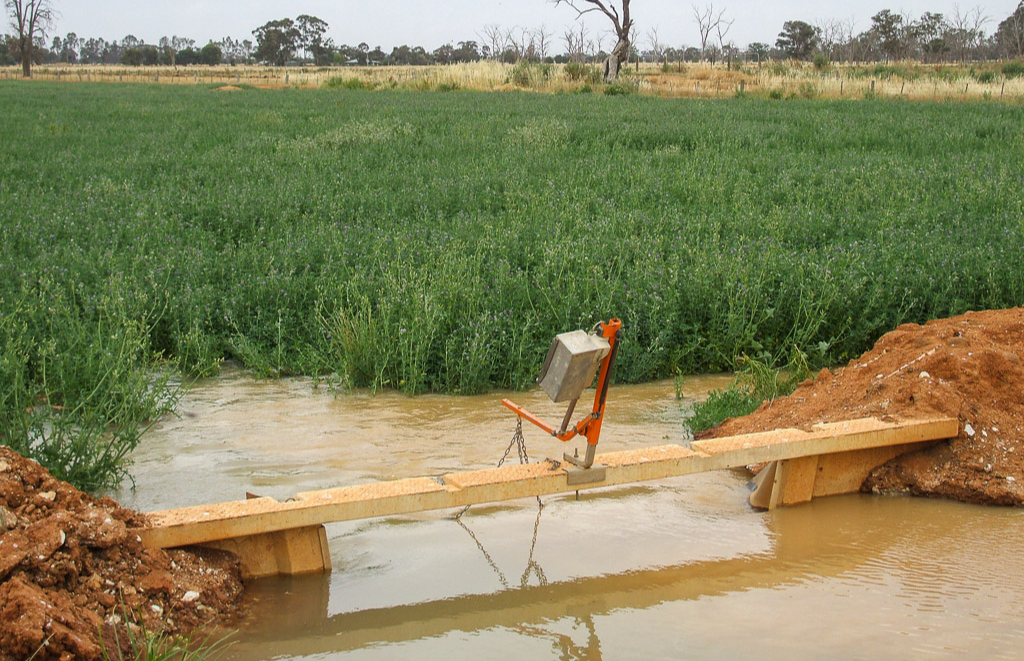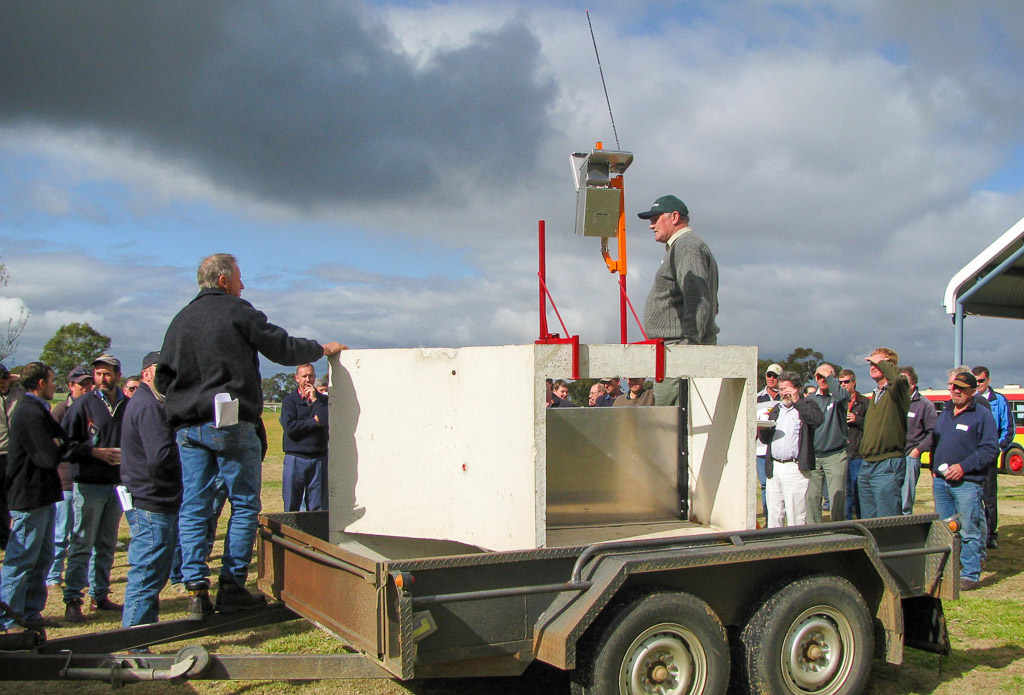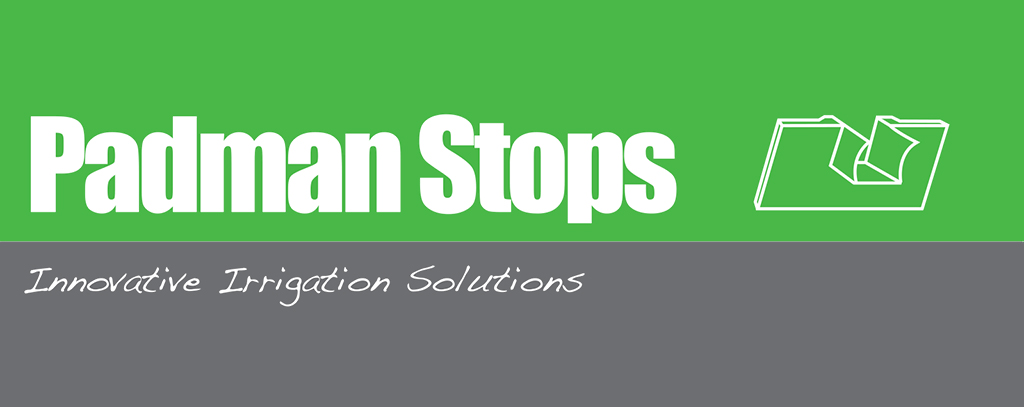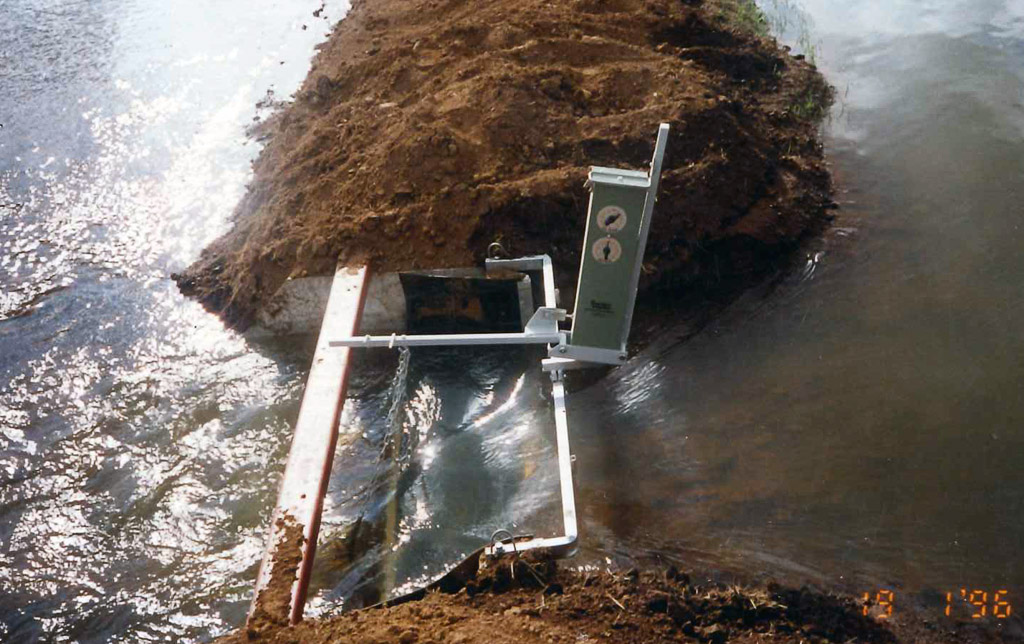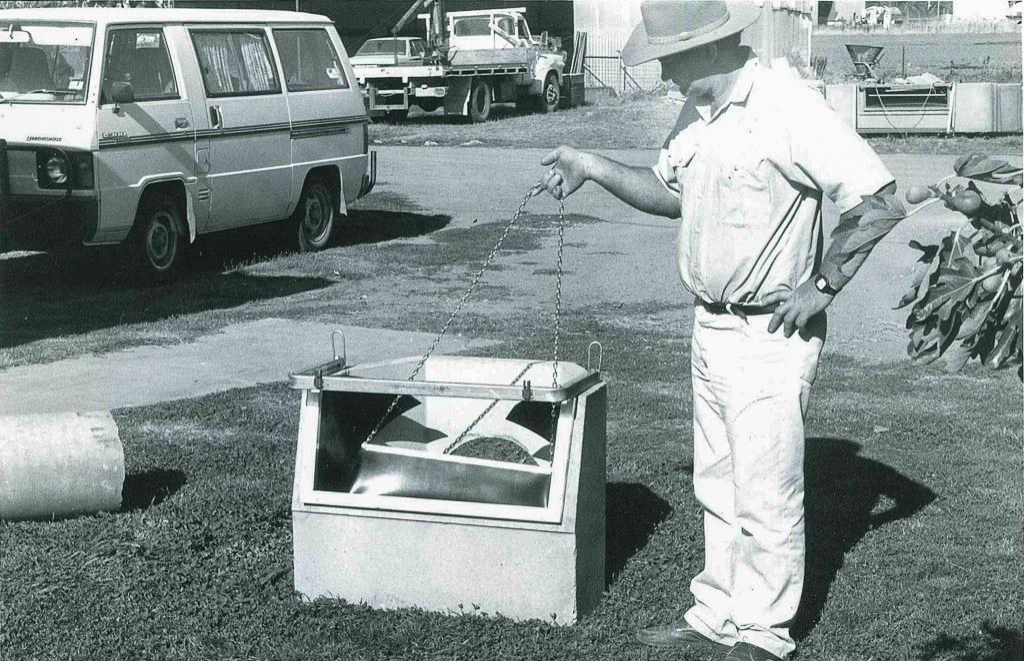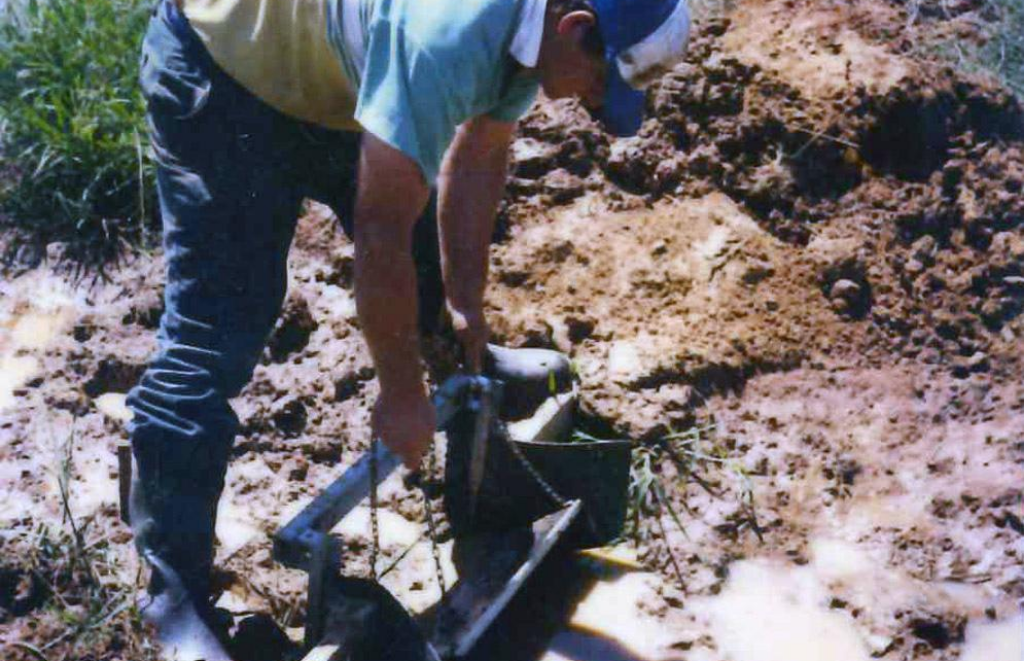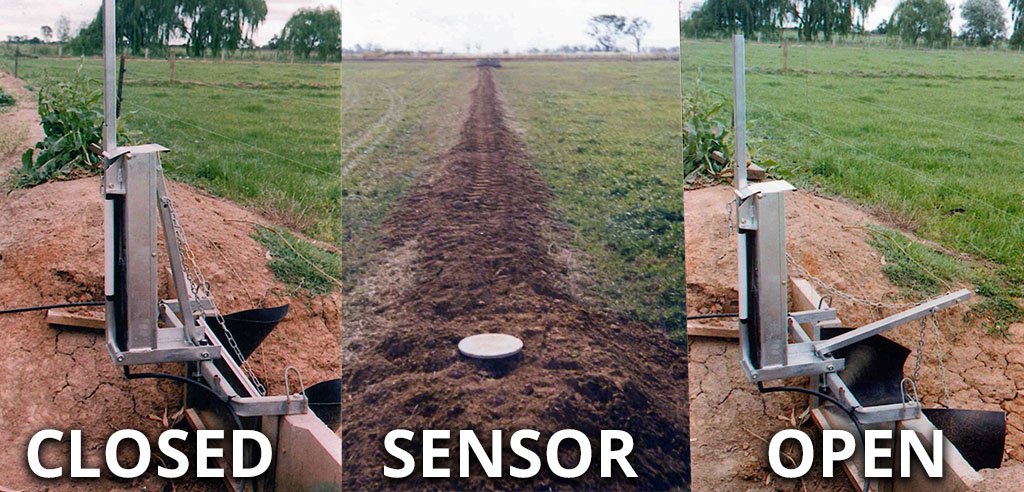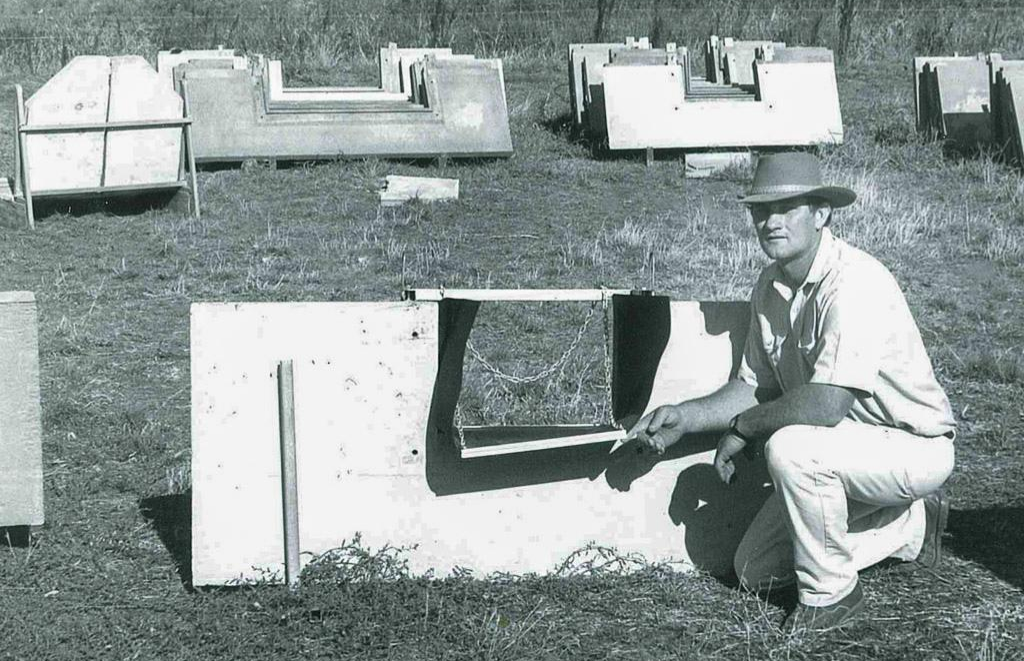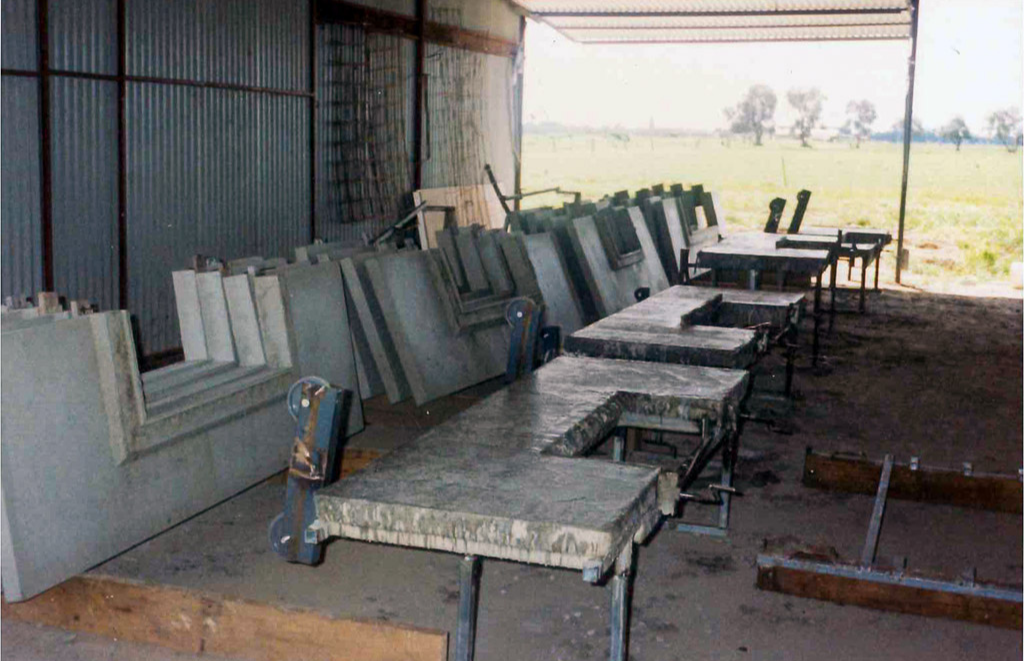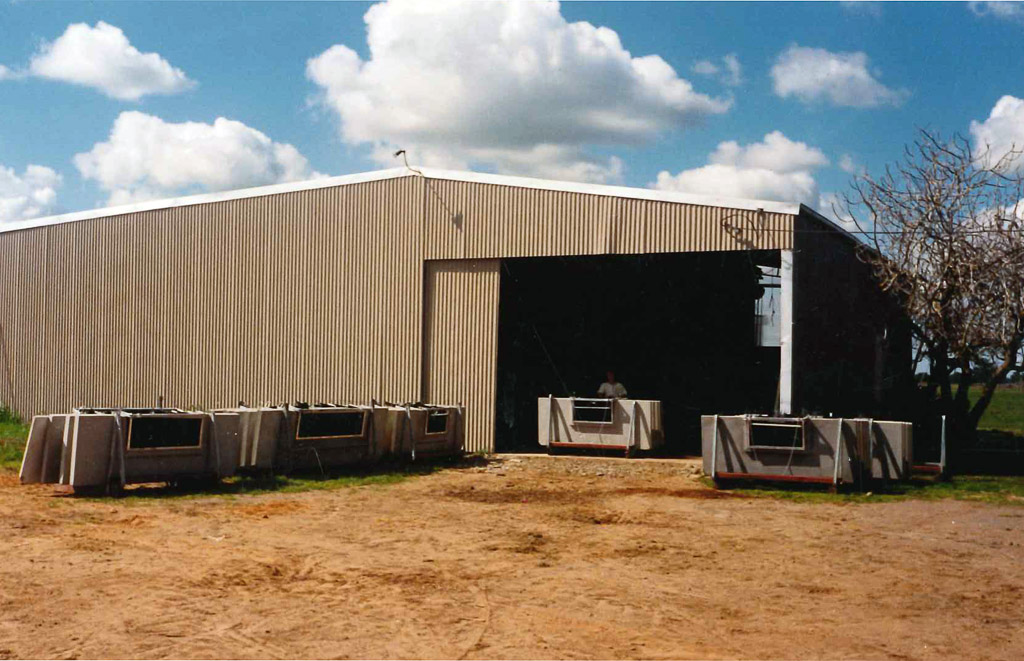While the Mechanical Timer was an improvement on the Padman Pneumatic automation system, they were a bit limited with their use as they could both only be set for one event; to release the door to begin irrigation.
John recognised the importance of setting ‘Dual Times’. The EDT was programmed to set both the time to open the outlet and the time to close it.
The original EDT’s used gas struts to improve the strength of the arms before integrating Linak actuators that were used for actually designed for lifting hospital beds!
The functionality sounds simple, but the Electronic Dual Timer has improved the lifestyle of hundreds of farmers in the past 25 years allowing them to perform irrigation changeovers in multiple bays with multiple units while they sleep.
With over 8000 units sold and many of these still operating, the EDT built a reputation as the most reliable automation on the market based on their simplicity and portability.
It is still a thrill to hear a farmer praise these work horses as they upgrade a battery or tune up their units after working hard for 20+ Aussie summers.
Advances in technology and demands for increased functionality have lead them to be superseded by our AutoWinch series.


